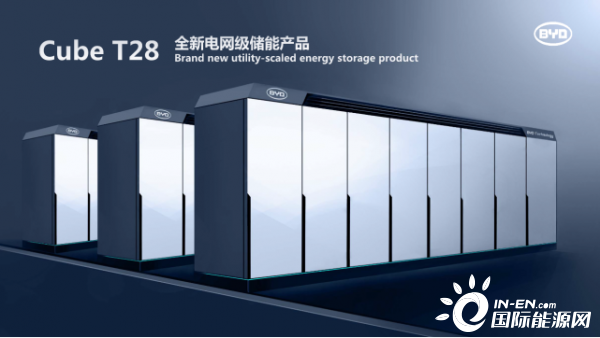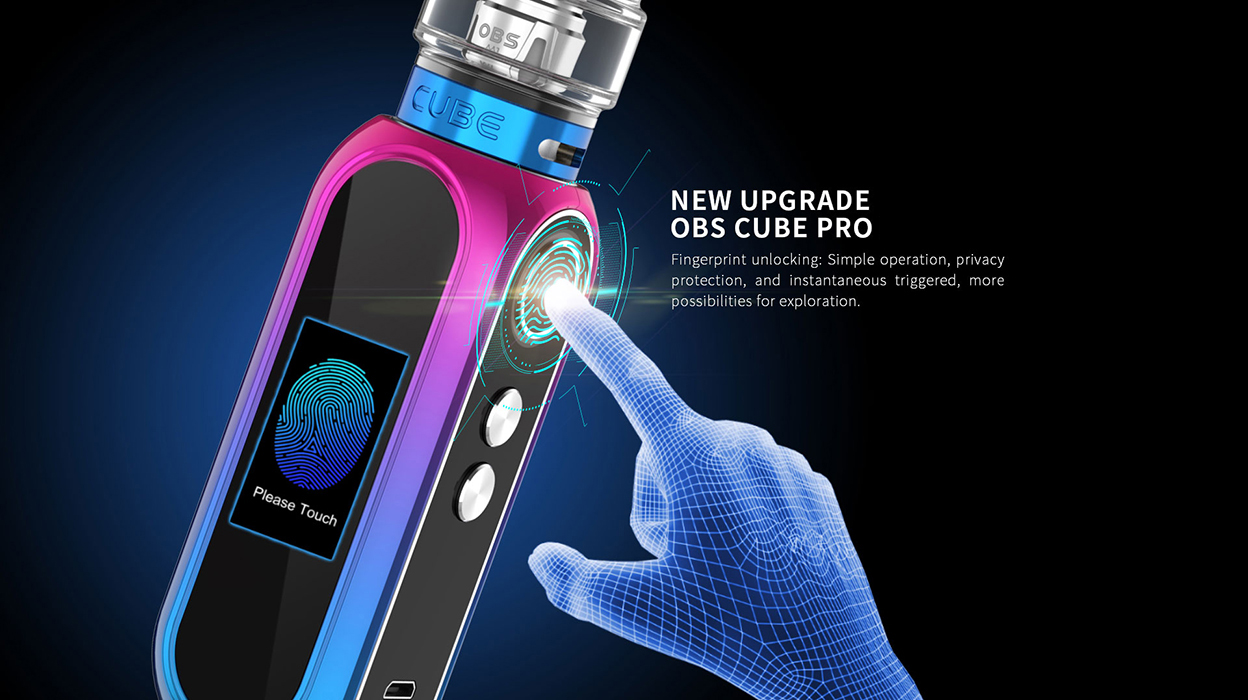
GAC’s High Specific Energy Silicon Negative Electrode CellĪion, a Chinese electric vehicle marque under Guangzhou Automobile Corporation (GAC), has been developing its own batteries for a long time now. CATL stated that it has authorized relevant CTP technology to SAIC, and that both sides have cooperated to complete production. The battery is also the result of in-depth cooperation between SAIC and CATL, one of the world’s leading battery giants. This super-fast rechargeable battery project has entered the sample stage and is scheduled to begin mass production in June next year. SAIC is developing a “golden standard battery” with a length battery life of over 1,000km and a super-fast charging “black standard battery” based on an 800V voltage platform, which can be charged for 5 minutes for a range of 200km. The battery system can cover cruising ranges of 400km to 800km, depending on the precise model. This greatly improves vehicle efficiency. The thickness of a single battery pack is as low as 110mm, and the battery mass grouping efficiency can reach 75%-80% and the volume grouping efficiency can reach 59%-62.3%. The battery pack adopts LBS cell and CTP technology (Cell To Pack Modular-Free Technology). There are three height options, including 110mm, 125mm and 137mm. This product is a standard battery pack with a fixed length and width of 1300mm x 1690mm. In August of this year, Shanghai-based Chinese state-owned automaker SAIC released its “Mofang Battery,” which focuses on ultra-high integration, ultra-long life and “zero thermal runaway” safety protection, also supporting the separation of vehicles and batteries. All the spontaneous combustion models were equipped with blade batteries, and most of them were super hybrid models (DM-i).

Byd cube pro pro#
According to domestic media statistics, there were 18 spontaneous combustion cases (including “suspected” cases) involving BYD vehicles in the first half of 2022, including one Dolphin model, two Qin PLUS DM-i models, one Qin Pro EV, one Song Pro EV, three Tangs and nine Tang DM-i models. However, although this type of battery has passed various safety experiments, cars equipped with them frequently become hot topics due to their spontaneous combustion. Battery packs grouped with different types of blade batteries can meet the space and voltage requirements of different vehicle models. Blade battery cells can be divided into “long blades” (length greater than 700 mm), “short blades” (length 400-700 mm), and “square blades” (height greater than 150 mm), according to their shapes. BYD’s blade battery (Source: BYD)Īccording to Shenzhen-based FinDreams Battery, the battery business subsidiary of BYD, the firm has built a blade battery cell platform. The interior adopts a stacked design, and the cells are directly integrated into the bottom of the battery pack, thus eliminating the module structure. In March 2020, BYD released its “blade battery.” This name refers to the slender and flat shaped lithium-ion battery battery cells resembling blades (their typical size is 13.5mm x 90mm x 960mm). BYD’s blade battery contributed greatly to this positive business trajectory. In terms of monthly rankings for the second half of the year, the Shenzhen-based firm surpassed South Korea’s LG Energy Solution to place second globally. Since the beginning of this year, BYD has become one of the fastest growing battery firms in the world. SEE ALSO: How Are Traditional Chinese Carmakers Like Geely Outperforming NIO, XPeng and Li Auto ? BYD’s Blade Battery This article has been compiled to introduce the independent battery operations of BYD, SAIC and GAC Motor, as revealed at the 7th International Summit on Power Battery Application held in Shanghai. Automakers such as Geely and NIO, for example, have set up their own battery subsidiaries in the hope of reducing costs.

In order to solve the problem of high battery costs and improve profit margins, many Chinese car companies have begun to directly enter the battery supply chain in various ways.


 0 kommentar(er)
0 kommentar(er)
